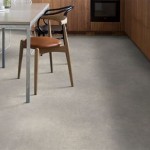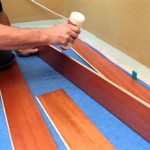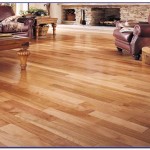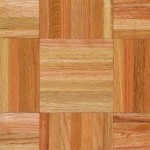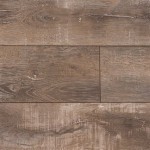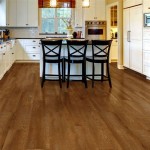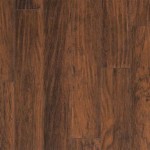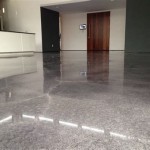Lino Flooring Looks Like Wood: An In-Depth Analysis of Essential Aspects
When it comes to flooring options, homeowners often seek a combination of style, durability, and functionality. Lino flooring that resembles wood has emerged as an attractive choice for those who desire the aesthetic appeal of hardwood without its drawbacks. To fully understand this flooring solution, it is crucial to explore its essential aspects.
Composition and Structure
Lino flooring, also known as linoleum, is a natural and sustainable flooring material. It is primarily composed of linseed oil, wood flour, cork, and jute, which are combined and pressed onto a jute backing. This unique composition provides lino flooring with exceptional resilience, moisture resistance, and sound insulation properties.
Appearance and Design
The most notable feature of lino flooring that looks like wood is its ability to mimic the visual characteristics of hardwood. Advanced printing techniques allow manufacturers to replicate the grain patterns, textures, and colors of various wood species, including oak, maple, walnut, and cherry. This versatility allows homeowners to achieve the desired hardwood aesthetic without the expense or maintenance associated with actual wood.
Durability and Maintenance
Lino flooring is renowned for its exceptional durability. It is resistant to scratches, dents, and wear, making it suitable for high-traffic areas. Additionally, its non-porous surface repels dirt and moisture, rendering it easy to clean and maintain. Regular sweeping and occasional damp mopping are sufficient to keep lino flooring looking its best.
Sustainability and Environmental Impact
Lino flooring is an eco-friendly flooring option. Its natural composition and low-VOC (volatile organic compound) emissions contribute to a healthier indoor environment. Moreover, the manufacturing process of lino flooring adheres to sustainable practices, minimizing its environmental impact.
Cost and Installation
When compared to hardwood flooring, lino flooring that looks like wood is more affordable. Its installation is relatively straightforward and can be completed by experienced DIY enthusiasts or professional flooring installers. The cost of lino flooring varies depending on the size of the area being covered, the quality of the materials, and the complexity of the installation.
Conclusion
Lino flooring that resembles wood offers a compelling combination of style, durability, and sustainability. Its realistic woodgrain designs, exceptional resilience, ease of maintenance, and eco-friendliness make it an attractive option for homeowners seeking the aesthetic appeal of hardwood without the associated drawbacks. Whether for residential or commercial applications, lino flooring that looks like wood is a versatile and practical flooring solution that can elevate any space.
Vinyl Flooring That Looks Like Wood

Types Of Vinyl Flooring The Home Depot

Linoleum Flooring Pros And Cons Forbes Home

Types Of Vinyl Flooring The Home Depot
Vinyl Flooring That Looks Like Wood

Lifeproof Red Rosewood Wood Residential Light Commercial Vinyl Sheet Flooring 12ft Wide X Cut To Length U9790537c832l14 The Home Depot
.jpg?strip=all)
What Is Linoleum Flooring America

How To Tell If Your Floor Is Hardwood Or Vinyl Garrison Collection

Luxury Vinyl Flooring Wood Look Planks Pro And Cons Of Tiles Wear Layer Byhyu
Vinyl Flooring That Looks Like Wood
Related Posts

